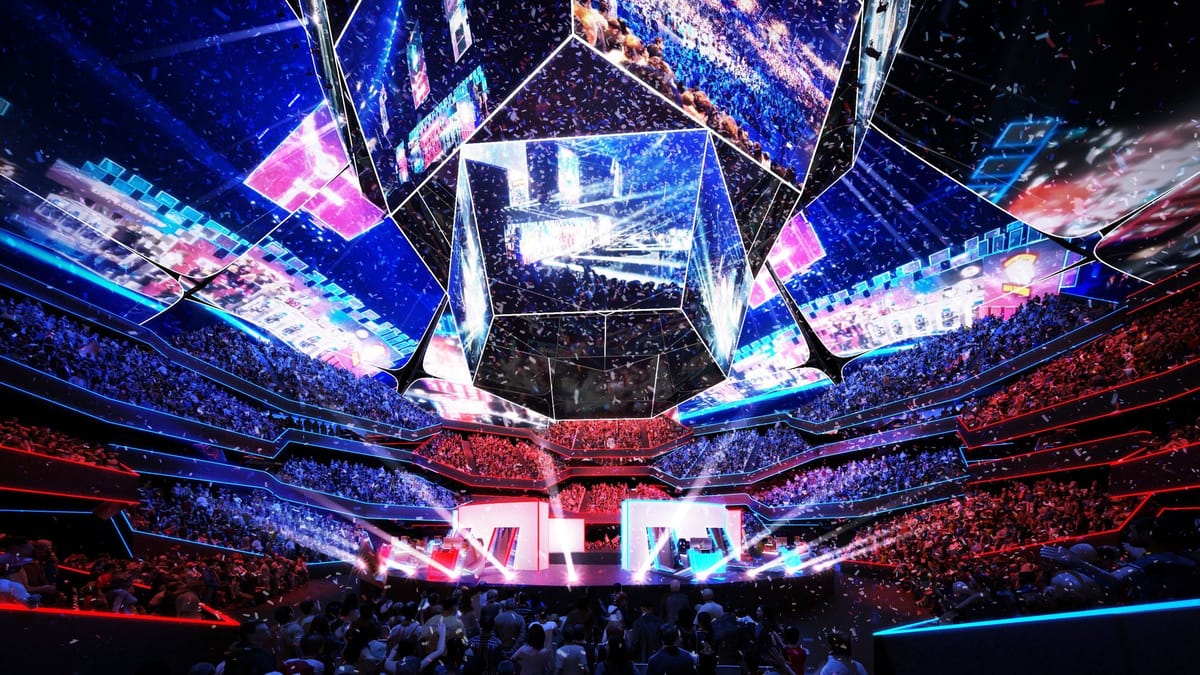A Duty of Care worth 6Mbps

By A Sianni Wedderburn, BA Politics and Arabic
Sport: a heavily polarised topic – motivating, thrilling and disappointing people like no other. Partially due to it being a community-based activity, creating a social base, partially because it is a way to identify with something bigger than yourself. The primary goal is enjoyment of participants, and in higher circles, spectators. Esports, specifically Riot Games’ online battleground ‘League of Legends’ (LoL) is no different. LoL has grown exponentially since its development in 2009, with a tenfold increase in membership from 2011 to 2020 (11.5M to 115M respectfully). With 75M available in prize money, LoL is no stranger to competition, and arguably has all the features – including physical exertion – of a traditional sport. Much like conventional sports, it offers opportunities (the story of HuanFeng, abandoned age 12 and now playing in China’s highest leagues is one of a myriad of examples). However, the gap between developed and developing countries, seen through the availability of a 4G LTE connection, is blatantly prominent when it comes to esports; a stable connection for a set period of time, and a LoL compatible device is required to play. This gap was catalysed during Covid-19, as more turned to online play. The relationship between connectivity and the development gap, and therefore esports and their possible subsidisation is an alternative proposal, and one that has potential to be sustainable in the long term.
Much like a soccer player has a playing field and cleats, a LoL competitor has a connection of 6Mbps and a LoL compatible device. Due to the outdoor and adaptable nature of soccer, it doesn’t majorly depend on resources that are income and availability based. The rapid digitalisation of the West and East Asia, shown through accessibility to the internet allows for a predisposition to esports; South Korea consistently ranks first for 4G LTE penetration, with 97.5% of the population connected as of 2019. The fact that South Korea alone has the second highest number of LoL players by regional server globally – at 23.5% (2017), after Western Europe (24.9%, 2017) – is made possible through the strength of this connection. Countries have changed more in terms of the internet than anything else, as jobs, schools, and even social events (the SOAS Freshers’ Fayre, for example) are online, meaning that access to knowledge and equal opportunity is too. Impoverished children are more likely to have difficulty engaging and connecting to online lessons than those in households with greater earnings, furthering existing educational inequality. If sports are online too, they lose a fundamental social base.
Coronavirus digitised the job sector with the alternative being furlough or unemployment, growing the gap between wealthy and poor nationally. Accessibility to internet connection and compatible devices may help breach it. A data-based approach can be used, sampling esports pioneer, South Korea. As of 2019, 50% of its population has completed some form of tertiary education, demonstrating the correlation between connectivity, education and LoL players. The most fruitful result would be to have 100% 4G LTE connectivity, with roughly 60% of the population in tertiary education – the remaining 40% does not need tertiary education to access their job market. From this, an equation is devised, by dividing the 4G LTE connection rate by the percentage of tertiary educated citizens, showing progress against this ‘ultimate goal’. In this case, the percentage would be 1.67 (100/60 = 1.67).
South Korea ranks (97.5/50 = 1.95), whereas Ireland is much further away from the ultimate, as (63.7/16.3 = 3.91). Ireland is one of the countries that is still struggling to provide nationwide internet. These two drastically different numbers are representative of the ability to provide the internet, and partially, livelihood and opportunity to its citizens. However, states such as Iraq are outliers, with the 2003 war devastating livelihoods and homes. Iraq has 59.7% 4G LTE connectivity (2019), and tertiary education data is not available. When rebuilding, there are more pressing needs – specifically healthcare, housing and education. The future is digital, yet it is difficult to adapt without education.
“it is the right of the population to be given the tools to prepare for an opportune life”
Some solutions exist: foreign intervention in the form of a state loan, or contracting the private sector. Either way, a state like Iraq does not have the resources available to fund a nationwide project such as this – nor the willpower. The UN’s Sustainable Development Goal #7 puts forward ‘Digital Health’, where ‘digital technologies can transform the way health data are collected and used’. If connectivity becomes necessary to the point where health is dependent on it, the investment will need to be made. Whereas it is not part of the state’s duty of care to provide entertainment in the form of esports, it is the right of the population to be given the tools to prepare for an opportune life.
Photo Caption: The Future’s Arena. Credit: HOK and SAP.



